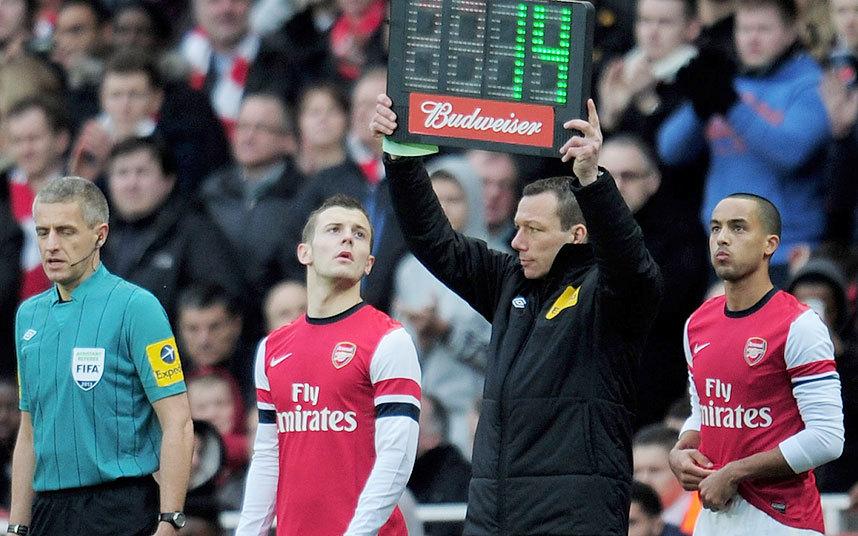
Blog Series: 7 Keys To Designing The Perfect Pre-Game Warm Up – By Pablo Toledo
Pablo Toledo is Rush Soccer’s Coaching Education Coordinator and lead on the Rush Soccer Blog.
Now, the question that arises and what led me to write this article is: “How do you design a soccer warm up? What are the things that we should take into account?” As I always say, soccer — and every sport for that matter — is a science, as well as an art, so I’ll share with you some of the key aspects that science suggests, and I’ll leave the artwork for you.
Step #0 — Warm ups are organized in two phases: a global one (warming up the body as a whole to prepare for any type of physical effort) and a specific one (directly related to the sport or discipline).
Step #1 — To start with, you have to think about the team you train in terms of their current condition, age, agenda, etc. This is the base of a principle referred as “specificity and proportionality.” What’s worth clarifying here is that the less trained your players are, the more important warming up is.

Step #2 — The second thing you have to consider is that an effective warm up follows a principle of “progression.” This means that the intensity and complexity of what you do always starts at the basic level and increases along with the warm up. Therefore, if you started your warm up with repeating sprints, that was your first mistake and could lead to injuries.
Step #3 — The length of your warm up has to be 15 to 30 minutes. More than that would cause excessive fatigue, less would not be enough. Also, the break between the warm up and the start of the game should not be longer than 15 minutes because your players would “cool down.” If it’s cold outside, you want this break to be even shorter.
Therefore, a good way to plan your warm up is to time it 45 minutes before the game, finish 15 before the initial whistle, and place your team talk in those final 15 minutes — always remember to instruct your players to drink water or an isotonic beverage during this period.
Step #4 — Warm ups are important in terms of injury prevention, so you should add exercises towards this. In my opinion, considering that hamstring strains are the most common injury in the sport, adding Nordic hamstring exercises is a must. I also think proprioceptive and eccentric exercises are great to prevent ankle and knee injuries. A good way of facing this subject is to follow the FIFA 11+ program. This is a warm up designed for injury prevention and it has been broadly verified in its effectiveness.
Step #5 — You definitely want to have some stretching during your warm up. The thing about this point is to use the right method at the right time. Use dynamic exercises at the beginning, follow with static exercises when you finish the global part of the warm up, and by the end of the second part, use some ballistic exercises. Ballistics ALWAYS at the end of the warm up.
Step #6 — When you start working on the specific part of the warm up, even if it’s not the most original exercise, rondos are very positive, as they promote concentration, motivation, are specific towards the game and include components of explosive strength and agility.
Another good idea is to use an exercise about the subject you have been working on in training during the week or the one you want to reinforce during the game. That is always a good way of “reviewing” what we have learnt during the week right before the game. Make sure your drill implies multiple repetitions, as you definitely want to “warm up your cleats.”
Step #7 — Talk to your team during the warm up, start phrasing what you expect during the game — cheer, motivate, don’t just stand there like you’re at the movies.
Hope this helps, coach. Good luck!









